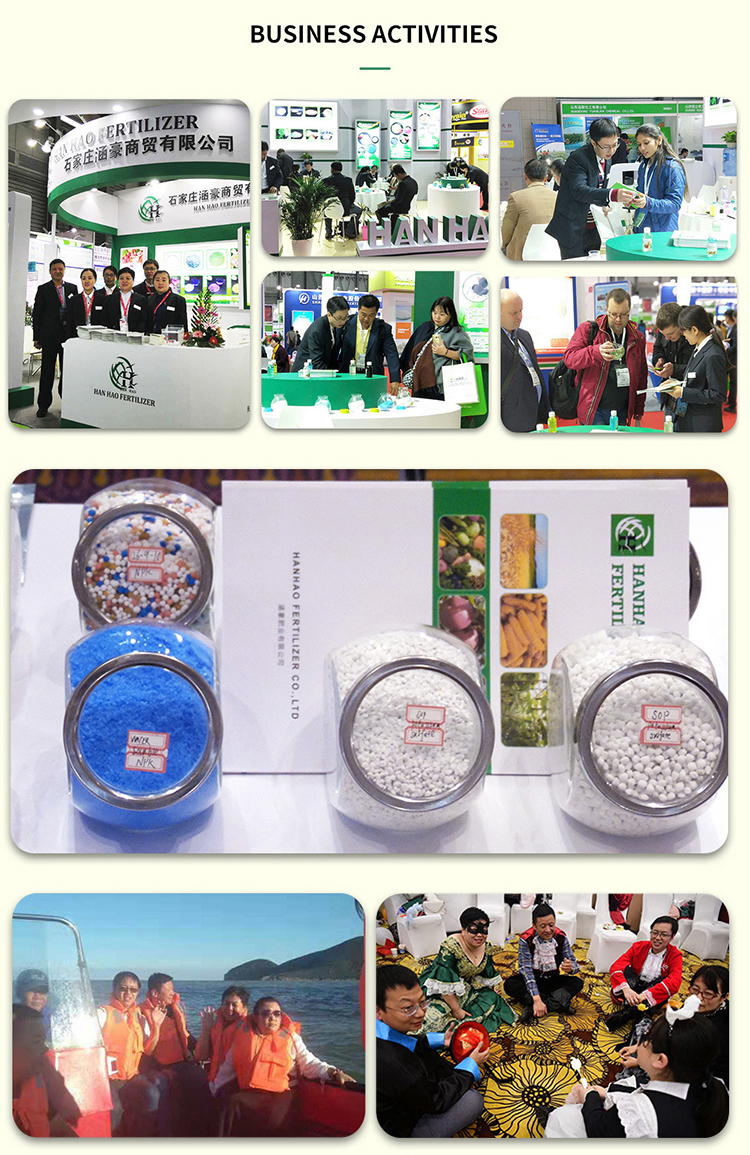
Aug . 16, 2024 14:51 Back to list
Optimal Potassium Fertilization Strategies for Enhancing Rice Crop Yields and Quality
The Importance of Potassium Fertilizer for Rice Cultivation
Rice is a staple food for more than half of the world's population, serving as a fundamental source of calories and nutrition. As the global demand for rice continues to rise, enhancing its yield and quality has become imperative. One of the essential nutrients that contribute significantly to rice growth is potassium (K). This article will discuss the importance of potassium fertilizer in rice cultivation, its mechanisms of action, and effective application practices.
Potassium is one of the three primary macronutrients required by plants, alongside nitrogen (N) and phosphorus (P). It is crucial for various physiological processes in rice, such as photosynthesis, enzyme activation, and water regulation. It helps in the synthesis of proteins and carbohydrates, which are vital for plant growth and development. Furthermore, potassium plays a significant role in improving rice's stress tolerance to drought and disease, making it an essential element in modern agriculture.
The Importance of Potassium Fertilizer for Rice Cultivation
The application of potassium fertilizer can improve rice yields by enhancing root development and function. A well-developed root system allows for better nutrient and water uptake, which is particularly critical during the reproductive stage when rice is forming grains. Additionally, potassium helps in the formation of cell structures and contributes to the overall vitality of the plant, directly impacting yield and quality.
potassium fertilizer for rice

Different forms of potassium fertilizers are available in the market, ranging from traditional potassium chloride (KCl) to more advanced formulations like potassium sulfate and potassium nitrate. The choice of fertilizer depends on several factors, including soil type, climatic conditions, and the specific nutrient requirements of the rice variety being cultivated. Farmers should conduct soil tests to determine potassium levels and other nutrient deficiencies before selecting the appropriate type and amount of fertilizer.
Application techniques also play a critical role in the effectiveness of potassium fertilization. Broadcasting, banding, and foliar application are common methods. Broadcasting involves spreading the fertilizer uniformly across the field before seeding or transplanting. Banding places the fertilizer in specific rows or bands, allowing for enhanced nutrient availability to the root zone. Foliar application, which involves spraying potassium directly onto the leaves, can provide an immediate boost to the plant during critical growth stages.
Moreover, the timing of potassium application is vital. Early application can help establish healthy plants, while additional applications may be necessary during key developmental phases, such as tillering and flowering. Synchronizing potassium application with the crop's nutrient uptake patterns ensures that the plants have access to the essential nutrient when they need it most.
In conclusion, potassium fertilizer is a vital component in rice cultivation, contributing to improved yields, enhanced stress resistance, and better grain quality. As rice farmers face the challenges of climate change and increasing global demand, effective potassium management can be a game-changer. By understanding the importance of potassium, selecting the right fertilizers, and employing suitable application methods, farmers can significantly enhance their rice production and contribute to food security worldwide.
-
Organic 10-10-10 Fertilizer | Balanced Plant Nutrients
NewsJul.31,2025
-
Premium Amino Acid Fertilizer | Rapid Plant Growth Booster
NewsJul.31,2025
-
10 10 10 Fertilizer Organic—Balanced NPK for All Plants
NewsJul.30,2025
-
Premium 10 10 10 Fertilizer Organic for Balanced Plant Growth
NewsJul.29,2025
-
Premium 10 10 10 Fertilizer Organic for Balanced Plant Growth
NewsJul.29,2025
-
Premium 10 10 10 Fertilizer Organic for Balanced Plant Growth
NewsJul.29,2025
